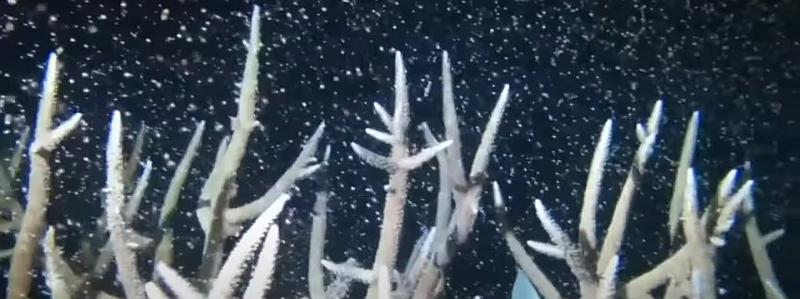 Divers and scientists recorded the massive spawning of coral in Australia’s Great Barrier Reef last week in a yearly show of life that signals hope that the world’s biggest coral reef ecosystem can recover from climate change.
Divers and scientists recorded the massive spawning of coral in Australia’s Great Barrier Reef last week in a yearly show of life that signals hope that the world’s biggest coral reef ecosystem can recover from climate change.
“It’s a sign of hope that it’s doing well, and we need to keep protecting it,” said marine biologist Gareth Phillips, who monitored the coral spawning event, which is when the corals breed over two to three days by casting sperm and eggs into the water once every year in the Pacific Ocean.
“I can only encourage anyone to come see the reef and what we’ve just been witnessing,” Phillips told The Washington Post on Wednesday. “It will change their life.”
Although the United Nations science and culture agency called this year for listing the World Heritage site as being “in danger,” noting serious concerns linked to climate change and water quality, its recommendation fell through after opposition from Australia. The issue will be revisited next year.
The Great Barrier Reef has in the past been damaged by rising water temperatures that triggered coral bleaching so severe that it alarmed scientists. When the water warms beyond a certain point, corals evict their food providers, the algae that they shelter in a symbiotic relationship. The corals appear white after ejecting their colorful partners and ultimately can starve to death.
The researchers warned that climate change would wipe out more coral as oceans continued warming without curbs to human emissions of planet-warming greenhouse gases. But, they said, the underwater ecosystems can bounce back with some respite.
That’s a main takeaway from the coral spawning event for Phillips, who worries that people may get the impression it is too late to save the Great Barrier Reef. “This event is a great showcase that it’s not too late,” he said. “It’s got its pressures, but this is why we need to act to look after it.”
